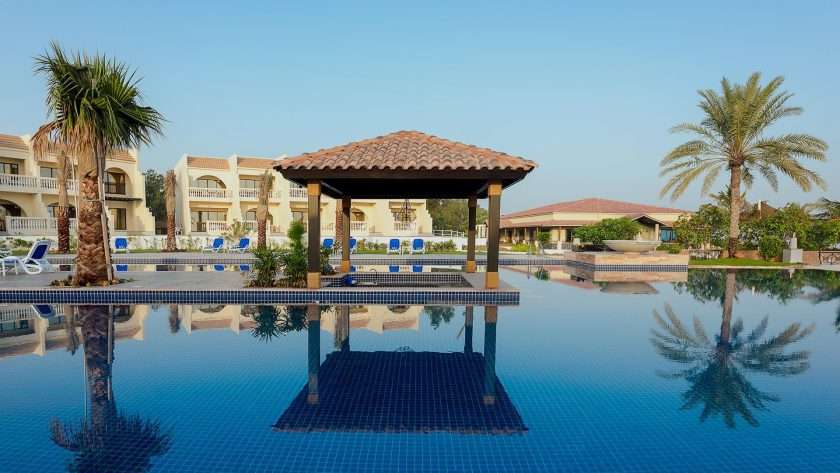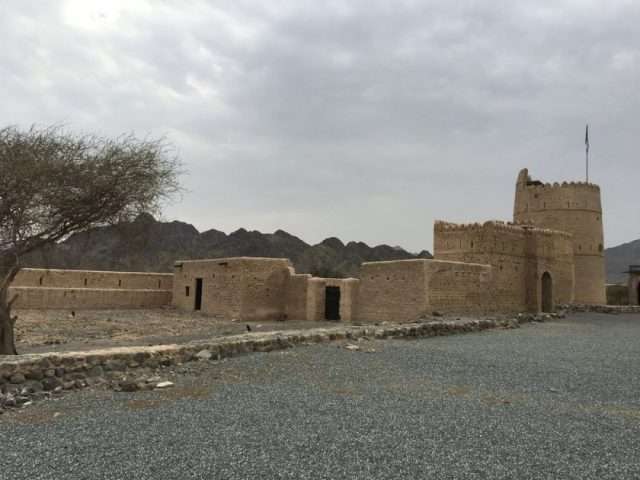Contact
- Umm Al Quwain, Umm al-Quwain, United Arab Emirates
- +9716 7650888
- info.ahd@ahd.uaqgov.ae
- tad.uaq.ae/en/about-us/archaeology/alokaaab-island.html
Akab was a fishermen’s camp with circular habitations
The French archaeological mission to the United Arab Emirates and the museum of the Umm al-Quwain Emirate (UAE) have recently discovered the oldest sanctuary in Arabia (3500-3200 BC), as well as the oldest known ceremonial site dedicated to a very particular marine mammal, the dugong (Dugong dugon). These results have just been published in the international review Antiquity. The Arabian Peninsula has provided very little data on the beliefs and ancient ritual practices. On the Oman Peninsula (Sultanate of Oman and United Arab Emirates), there is no known sanctuary from the Bronze Age (3100-1500 BC) and it is not until the Iron Age (in the first millennium BC) that religious practices begin to appear. Located in the United Arab Emirates, near the Strait of Hormuz, the Akab sanctuary (3500 BC) today provides us with the first evidence of the rituals practiced by the prehistoric coastal societies of the Gulf.
Akab, a fishermen’s village between 4700 and 4100 BC
Deserted today, the island of Akab is located 50 km north of Dubai in the large lagoon of Umm al-Quwain (United Arab Emirates). During the fifth millennium, more than 6500 years ago, Akab was a fishermen’s camp with circular habitations. Fishing, the principal activity of the populations of Akab, was practiced with nets and with lines using hooks made from the shell of the pearl oyster. Although all the resources of the lagoon and the neighboring mangrove appear to have been exploited, the fishermen of Akab also fished tuna, which necessitated expeditions in boats in the open sea.


